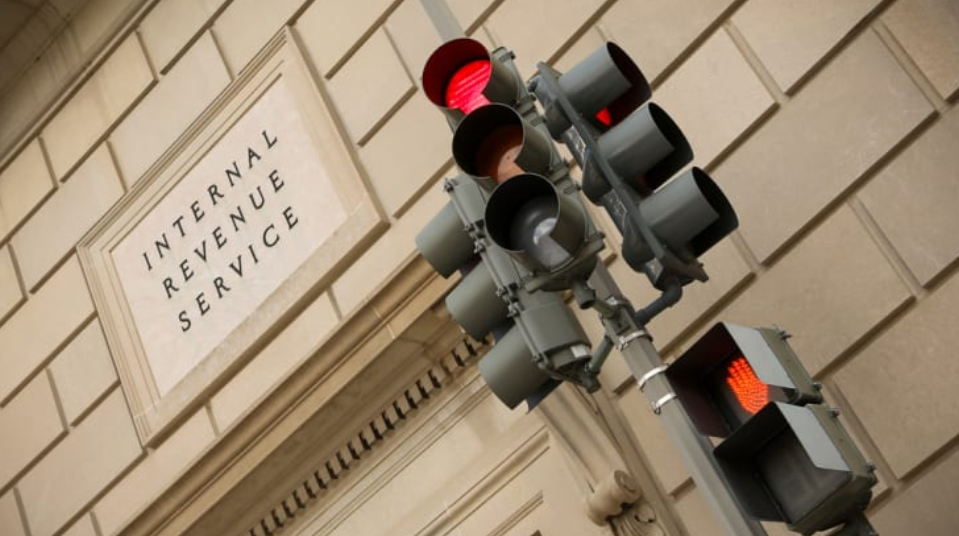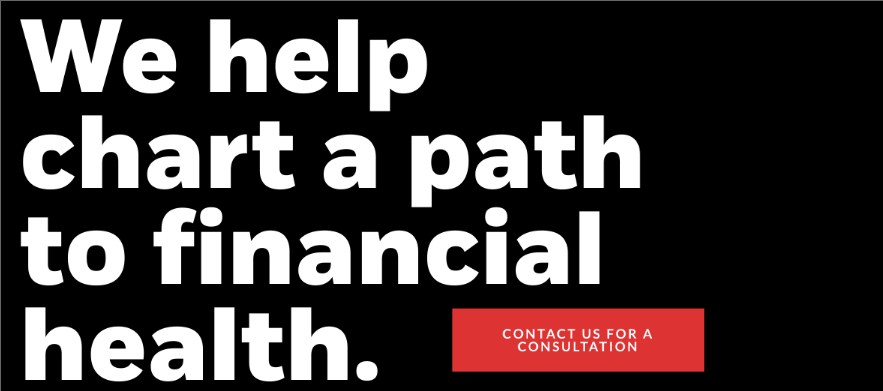IRS updates per diem rates for meal & lodging expenses for business travel
Business travelers who incur expenses while traveling away from home have new per-diem (that’s Latin meaning “for each day” – remember, lawyers love Latin) rates to use in substantiating certain of those expenses. On September 25th, 2019 Accounting Today reported that the IRS released an advanced copy of Notice 2019-55 issuing new per diem rates for business travelers to use for meals, lodging and other incidental expenses, which are effective starting Oct. 1, 2019 to Sept. 30, 2020. According to Sally P. Schreiber, J.D. an editor at the Journal of Accountancy stated “taxpayers using the rates and the list of localities in Notice 2019-55 must comply with the rules in Rev. Proc. 2011-47.” Forbes contributor Kelly Philips Erb states in an article titled “IRS Announces New Per Diem Rates For Taxpayers Who Travel For Business” that “the new rates include those for the transportation industry; the rate for the incidental expenses; and the rates and list of high-cost localities for purposes of the high-low substantiation method.”
The Internal Revenue Service’s Notice 2019-55 is an annual update providing the 2019-2020 update to tax rates for taxpayers in substantiating the amount of ordinary and necessary business expenses for lodging, meals, and other things while traveling away from home. Notice 2019-55 [downloads as a PDF 31 KB] provides:
- The special transportation industry meal and incidental expenses rates—$66 for any locality of travel in the continental United States, and $71 for any locality of travel outside the continental United States
- The rate for the incidental-expenses-only deduction—$5 per day
- The rates and list of high-cost localities for purposes of the high-low substantiation method
 (Image credit: CNBC)
(Image credit: CNBC)
The IRS mentions that use of a per diem substantiation method is not mandatory. The Accounting Today editor says “taxpayers can substantiate the actual allowable expenses if they maintain adequate records or other sufficient evidence for proper substantiation.”
For the high-low substantiation method, the per diem rates for travel are $297 for travel to any locality and $200 for travel to any locality within the United States (CONUS), slightly higher than last year. The amount of the $297 high rate and $200 low rate that’s treated as paid for meals is $71 for travel to any high-cost locality and $60 for travel to any other locality within the continental U.S., both unchanged from last year.
The per diem rates in lieu of the rates for the meal and incidental expenses’ only substantiation method are $71 for travel to any high-cost locality, and $60 for travel to any other locality within the continental U.S. High-cost localities have a federal per diem rate of $248 or more, is $7 higher than last year. What is interesting to note as Kelly Philips Erb points out in her Forbes article is that you can “find the list of high-cost localities for all or part of the calendar year – including the applicable rates – in the most recent IRS notice. As you can imagine, the high cost of living areas like San Francisco, Boston, New York City, and the District of Columbia continue to make the list. There are, however, a few noteworthy changes, including:
- The following localities have been added to the list of high-cost localities: Mill Valley/San Rafael/Novato, California; Crested Butte/Gunnison, Colorado; Petoskey, Michigan; Big Sky/West Yellowstone/Gardiner, Montana; Carlsbad, New Mexico; Nashville, Tennessee; and Midland/Odessa, Texas.
- The following localities have been removed from the list of high-cost localities: Los Angeles, California; San Diego, California; Duluth, Minnesota; Moab, Utah; and Virginia Beach, Virginia.
- The following localities have changed the portion of the year in which they are high-cost localities (meaning that seasonal rates apply): Napa, California; Santa Barbara, California; Denver, Colorado; Vail, Colorado; Washington D.C., District of Columbia; Key West, Florida; Jekyll Island/Brunswick, Georgia; New York City, New York; Portland, Oregon; Philadelphia, Pennsylvania; Pecos, Texas; Vancouver, Washington; and Jackson/Pinedale, Wyoming.”
Incidental expenses
Mrs. Schreiber points out that “since 2012, incidental expenses have included only fees and tips given to porters, baggage carriers, hotel staff, and staff on ships. The per-diem rate for the incidental-expenses-only deduction remains unchanged at $5 per day for any locality of travel.”
Background
Kpmg stated that “the IRS issues an annual update of the rules for determining when the amounts of ordinary and necessary business expenses of an employee for lodging, meal, and incidental expenses incurred while traveling away from home are deemed substantiated under Reg. section 1.274-5, and when a per-diem allowance under a reimbursement or other expense allowance arrangement is provided.”
Effective date
Notice 2019-55 is effective for per-diem allowances for lodging, meal, and incidental expenses—or for meal and incidental expenses only—that are paid to any employee on or after October 1, 2019, for travel away from home on or after October 1, 2019. For purposes of computing the amount allowable as a deduction for travel away from home, Notice 2019-55 is effective for meal and incidental expenses or for incidental expenses only paid or incurred on or after October 1, 2019. To find the federal government per diem rates by locality name or zip code, head over to the General Services Administration (GSA) website.











